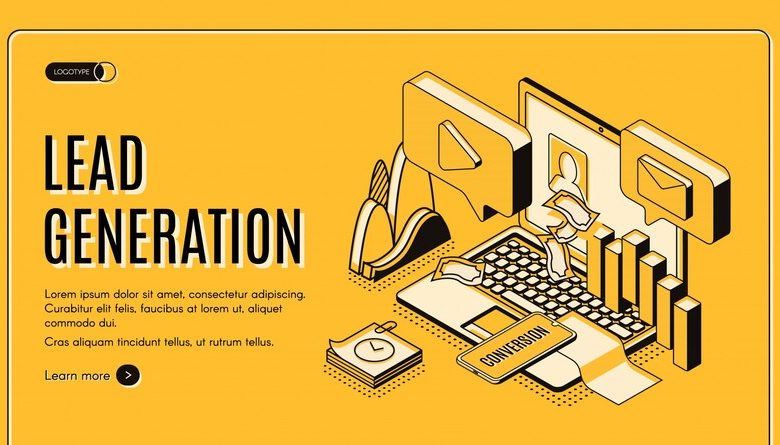Lead Generation Trends You Should Be Aware

The world of marketing changes rapidly in today’s digital age. But there are some facts that have remained the same. For one, sales continue to be an important number for companies. Without sales, companies don’t get to be profitable or even sustainable. You can get in touch with Lead Generation Agency in Washington.
One of the reasons why some businesses struggle to hit sales goals and improve profits is that they don’t have enough leads coming in. They have the sales pitch and the product, but no one to pitch them to. That’s why many careers in business administration have a lot to do with marketing and sales.
Lead generation should be a priority for any company to thrive over the next few years. 61% of marketers say that lead generation is one of their top challenges. And as lead generation strategies evolve and audiences now respond to new strategies, marketing and sales staff should start looking into new ways to generate more leads for the company. Here are the top lead generation trends for 2022 and beyond.
1. Conversational marketing
In a quest to shorten lead cycles and create more engaging lead generation channels, marketers have turned to more conversational approaches to their funnel copywriting. Gone are the days where sophisticated sales pages and email sequences win the lead generation and conversion game. Marketing agencies that offer lead generation services and marketers now make their content more informal and conversational.
People want content that’s raw and real because it feels more authentic, hence more trustworthy. Try making your video scripts, sales pages, and email content feel more like direct content that you send straight from the phone or document.
2. Abandoned form campaigns
When abandoned cart campaigns invaded the e-commerce industry, marketers found better conversion rates on their purchases. Accordingly, innovators in marketing technology and software created form abandonment campaigns that remind and re-invite potential leads to fill up a form and gain access to freebies, exclusive groups, or other lead magnets.
Lead generation tools are starting to move towards more automated structures that require little to no human intervention. This push towards computer learning-based lead generation and abandoned form campaigns help gather more leads without having to overwhelm marketing staff and agencies with too much manual follow-up work.
3. Webinars as a lead magnet
The ways marketing teams attract leads have also changed with time. Where there was once a time where a short ebook or PDF reports were enough. People are now clamoring for webinar content. Improving lead conversions often depends on the demand for the content. So people should start providing video-based content to attract more leads and get them to exchange their information for attendance.
Running webinars, however, can take up a lot of time and resources. Thankfully, there are now funnel tools that can automate pre-recorded webinars and simulate things like audience engagement, instantaneous timing, schedules, and other features that can make canned webinars seem live. Use these tools to boost lead magnet efficiency and get more people to sign up for newsletters.
4. Targeted social media advertising
A good portion of Facebook and Instagram ads today are no longer a direct upsell. Marketers have started using paid social media advertising to get more reach and possibly more conversions on sign-up forms.
Social media ad spending is a serious investment. But considering that 53% of marketing budgets go towards lead generation. Businesses are now more willing to spend to get leads. Getting quality leads has become the priority today. More than just getting a good quality, marketers also want to reach a good quantity. Targeted advertising plays a crucial role in ensuring that leads match a company’s target persona.
5. Contextual forms
Speaking of target personas, forms are becoming more targeted as marketing departments and professionals look to use contextual forms for lead generation in 2022. Companies use A/B split tests to run experiments with various form designs, messaging, calls to action, and offers to match a certain audience. For example, a company can now have two separate forms for male and female audiences and offer an entrepreneurship webinar that caters more to a certain gender.
Contextual forms will continue to improve as form builders become smarter and easier to use. With the help of a lead generation expert, companies can now create multiple forms that will cater to people based on specific segments within their audiences.




